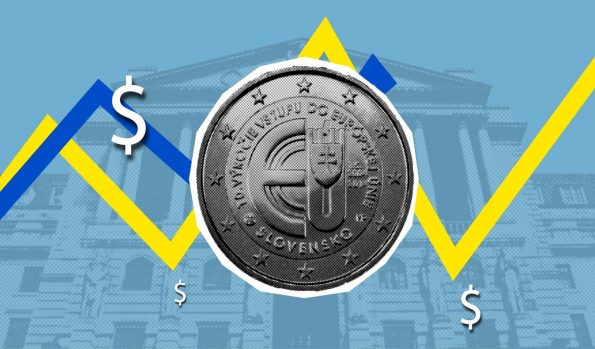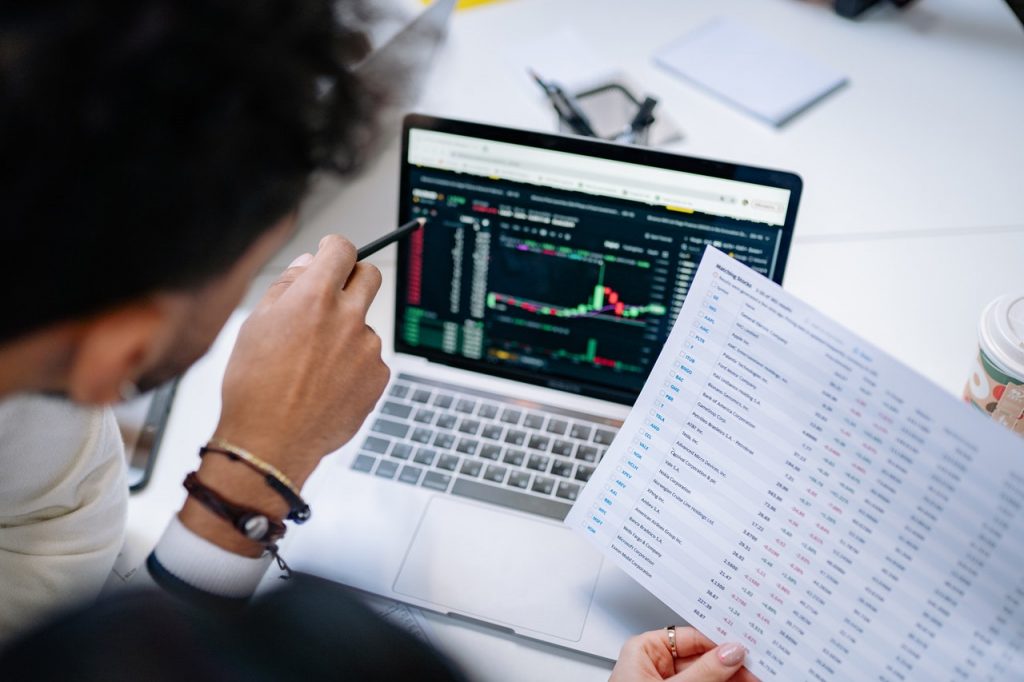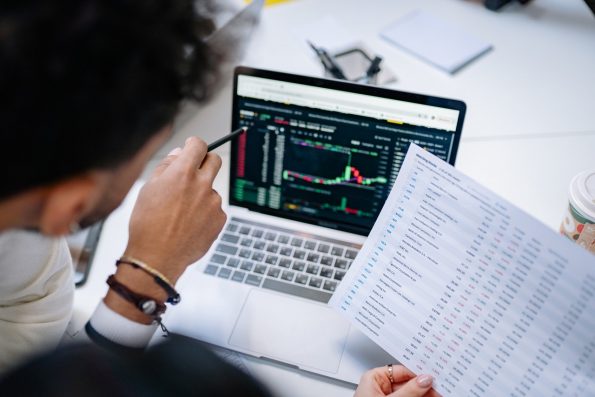What is Forex Trading and How Does it Work?
Forex trading is the simultaneous buying and selling of different currencies on the foreign exchange market to make a profit. To do this, traders and entrepreneurs must first look at forex trading concepts and understand how the market works and what factors influence currency prices.

The foreign exchange market is the “place” where currencies are traded. Currencies are important to most people worldwide, whether they realize it or not, because currencies need to be exchanged to conduct foreign trade and business. For example, if you live in the U.S. and want to buy cheese from France, you or the company you buy the cheese from has to pay the French for the cheese in euros (EUR). The U.S. importer would have to exchange U.S. dollars (USD) for euros. The same goes for traveling. A French tourist in Egypt can’t pay in euros to see the pyramids because it’s not the locally accepted currency. As such, the tourist has to exchange the euros for the local currency, in this case, the Egyptian pound, at the current exchange rate.
The need to exchange currencies is the main reason the forex market is the world’s largest, most liquid financial market. It dwarfs other markets in size, even the stock market, with an average traded value of around the U.S. $2,000 billion per day. (The total volume changes all the time, but as of August 2012, the Bank for International Settlements (BIS) reported that the forex market traded over the U.S. $4 trillion per day.)
Part of what makes this market so attractive is that it is open 24 hours a day, from Sunday evening until Friday night. This allows traders to enter and exit positions whenever they want, regardless of the time zone. So even though the market is only closed for a few hours each day, the sheer size and activity level during those sessions makes up for it.
The foreign exchange market, also known as the forex or F.X. market, is the largest financial market globally, with over $5 trillion in daily turnovers. This makes it more than three times the size of the U.S. stock market! Unlike other financial markets, there is no central exchange where all transactions occur. Instead, forex trading occurs “over-the-counter” (OTC) between two parties, typically through a broker or dealer.
So if you’re interested to learn more about it, today, there are a lot of websites, such as TopBrokers that provide reviews on different Forex platforms where traders can access the Forex market and connect with brokers or dealers. These platforms offer a wide range of tools and resources to assist traders in analyzing the market, executing trades, and managing their portfolios effectively.
The forex market is open 24 hours, five days a week, except on holidays. This allows traders to trade at any time of day or night if they download cTrader. However, not all times are created equal. Three main sessions cover the majority of forex trading activity:
- The Asian session (Tokyo)
- The European session (London)
- The U.S. session (New York)
The largest volume of trades occurs during these times, and currency prices are most active. Of course, there is still some trading activity outside of these main sessions, but it is typically much quieter, and prices may be more stable.
When trading forex, you effectively buy one currency while simultaneously selling another. The aim is to speculate whether the exchange rate between the two currencies will rise or fall. For example, if you think the EUR/USD exchange rate will rise, you would buy Euros and sell U.S. dollars. If your prediction comes true, you will make a profit. If not, you will incur a loss.
It is important to remember that forex trading is a leveraged product. This means that you are only required to put down a small deposit (known as a margin) to open a position. This allows you to control a large amount of currency with a relatively small investment. However, it also means that your losses can be much greater than your initial deposit if the market moves against you.
Forex trading is not suitable for everyone, and you should make sure you understand the risks involved before trading. If you are unsure, seek independent financial advice.
Uses of the Forex Markets
Forex markets are used for a variety of purposes, including:
- To speculate on the future movements of currencies
- To hedge against currency risk
- To facilitate international trade and investment
- To provide liquidity to the global financial system
Forex markets are open 24 hours a day, five days a week. This means that market participants can trade on any day or night. As a result, the forex market is also the most liquid financial market globally, with trading volumes exceeding $5 trillion per day.
Many market participants use Forex markets, including central banks, commercial banks, currency speculators, corporations, governments, and individual investors.
Forex markets offer many benefits, including:
-High liquidity: The forex market is the most liquid financial market globally, with trading volumes exceeding $5 trillion per day. This means that market participants can trade on any day or night.
-24-hour trading: Forex markets are open 24 hours a day, five days a week. This allows market participants to trade around the clock.
High leverage: Leverage is available in the forex market, which means that investors can control large positions with relatively little capital. Leverage can be used to magnify profits, but it can also magnify losses.
-Global reach: The forex market is a global market, with participants from all over the world. This means that forex markets offer opportunities for traders to profit from currency movements in any part of the world.
-No single point of control: The forex market is decentralized, with no single control point. This means that there is no central authority that can manipulate currency prices.
Forex Trading Concepts and Terminology
Pip: A pip is the smallest unit of measurement in the forex market. A pip is typically equal to 0.0001 of a currency pair.
Spread: The spread is the difference between the bid and asks the price of a currency pair. The bid price is when you can sell a currency, while the asking price is when you can buy a currency. The spread is typically expressed in pips.
Leverage: Leverage is available in the forex market, which means that investors can control large positions with relatively little capital. Leverage can be used to magnify profits, but it can also magnify losses.
Margin: Margin is the amount of money required to open a leveraged position. When you open a leveraged position, your broker will require you to deposit a certain amount of money (known as margin) to cover the potential losses on your trade.
Currency Pair: A currency pair is the two currencies traded in a forex transaction. For example, the EUR/USD currency pair is the euro and the U.S. dollar.
Bid Price: The bid price is the price you can sell a currency.
Ask Price: The asking price is the price you can buy a currency.


